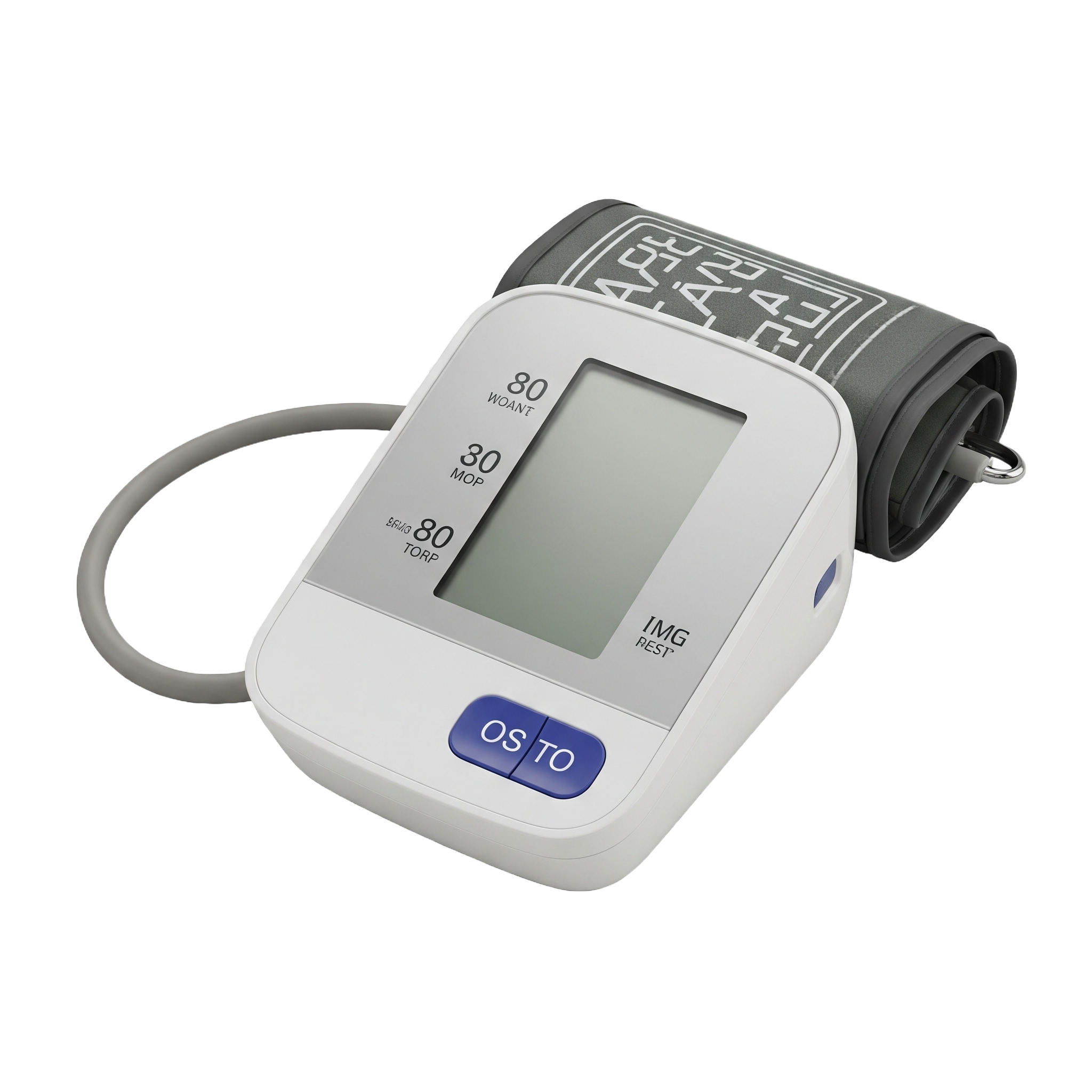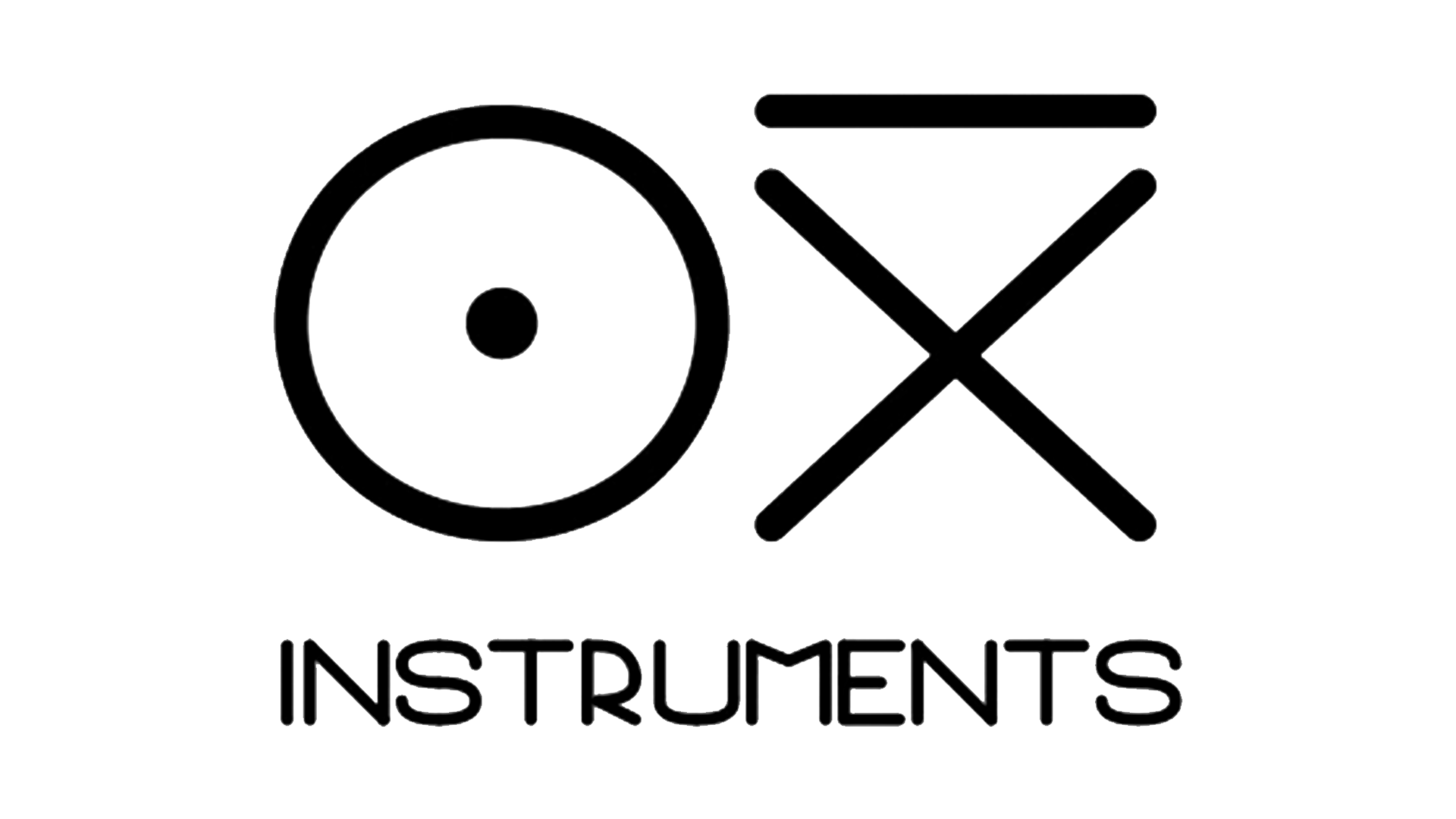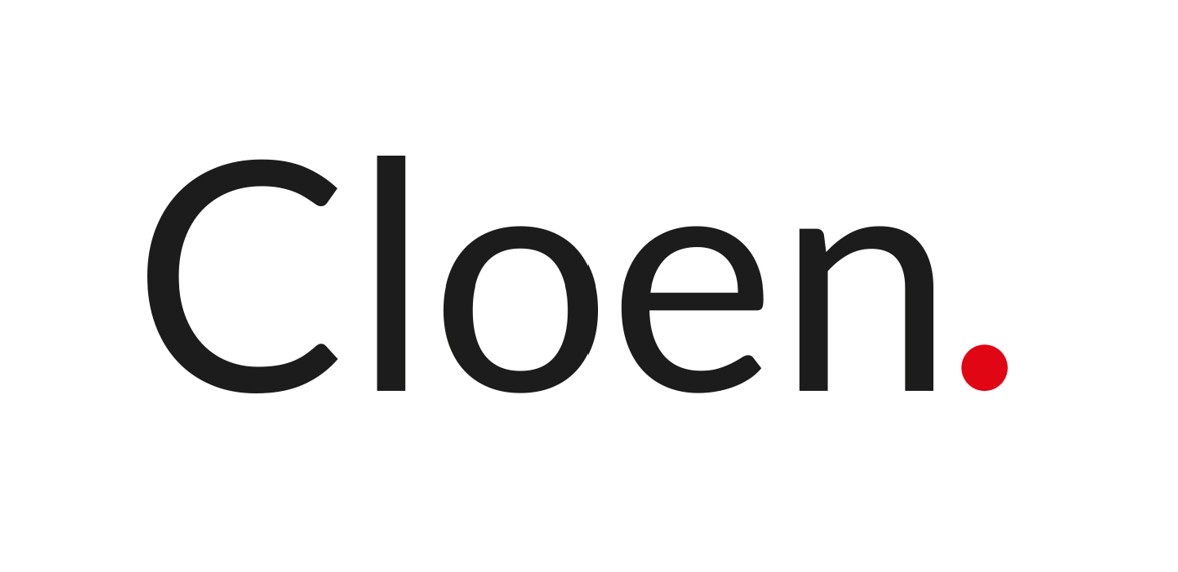CE Marking
Medical Devices
Market your Medical Devices in the European market with full assurance.


What is CE Marking for medical devices about?
The certification of Medical Devices and CE Marking are essential processes that ensure medical products comply with European standards of safety, quality, and efficacy established by Regulation (EU) 2017/745 and Regulation (EU) 2017/746. This mark of conformity allows medical devices to be marketed in the European Economic Area, ensuring they comply with applicable regulations and standards, thus protecting public health and providing confidence to users and professionals in the sector.
A medical device (MD), according to Regulation (EU) 2017/745 (MDR), is a device intended for use in human beings for the purpose of diagnosis, prevention, treatment, alleviation of disease, investigation, or for the control, regulation, or replacement of physiological functions.
In vitro diagnostic medical devices (IVDs) are regulated by their own Regulation (EU) 2017/746 (IVDR). An in vitro diagnostic medical device (IVD) is a product used to analyse biological samples, such as blood, urine, saliva, or tissues, in order to obtain information about a person's health status.
Medical devices are classified into four classes, according to their potential risk to the patient's health: Class I, IIa, IIb, III. In vitro diagnostic medical devices (IVDs) are also classified according to their risk into four classes: Class A, B, C, D.
Some products without a medical purpose, despite not fitting the definition of a Medical Device established by Regulation (EU) 2017/745, fall under its (partial) applicability. The categories of products without a medical purpose are covered by Annex XVI of Regulation (EU) 2017/745.
To obtain the CE Marking for Medical Devices, manufacturers must carry out a rigorous conformity assessment, which includes requirements related to the product (technical, clinical, and documentary), requirements related to the manufacturer and their capabilities (quality management system), and procedural requirements (registrations and licences).
Some of the activities are: Risk analysis, laboratory tests, clinical evaluation, technical file, EU Declaration of Conformity, product manual and marking, quality management system (QMS), UDI registration, among others.
Depending on the class of MD and IVD, the manufacturer can assess the conformity of the product themselves (Module A) or must mandatorily request the intervention of a Notified Body.
Requirements to Consider for Obtaining CE Marking for Medical Devices
To obtain the CE Marking for a medical device, the requirements established by Regulation (EU) 2017/745 must be guaranteed. For in vitro diagnostic medical devices (IVDs), the requirements of Regulation (EU) 2017/746 (IVDR) apply. However, both MDs and IVDs, depending on their features and scope of use, may be subject to different legal acts (directives and/or regulations) of the CE Marking.
The CE Marking is obtained when the manufacturer guarantees that all requirements imposed, independently, by all applicable directives or regulations for the product that are part of the CE Marking are met. For example, an electro-medical device powered by batteries that incorporates a radio module to transmit data, in addition to Regulation (EU) 745/2017, will be subject to the RED Directive 2014/53/EU for incorporating radio communication capabilities, the RoHS Directive 2011/65/EU for being an electrical/electronic equipment, and Regulation (EU) 2023/1542 for incorporating batteries.
Medical Devices
In Vitro Diagnostic Medical Devices (IVD)
Other CE Marking Acts Applicable to a Medical Device
Below are some of the directives or regulations within the CE Marking that may apply to a medical device depending on its characteristics.
Bear in mind that...
Radio Equipment (RED)
Restriction of Hazardous Substances (RoHS)
Batteries and Accumulators (BAT)
Personal Protective Equipment (PPE)
Non-exhaustive list. Additional Regulations and Directives may apply to those listed here.

How can we help you with CE Marking?
We are a company specialised in conformity with extensive experience in the international product certification sector. Whether you can opt for self-certification or require third-party certification, we dedicate all our resources to ensure that you certify your products in an agile, effective, and guaranteed way.
Our services
Product Certification
Accredited Laboratory Testing
Technical Documentation
Advice and Consultancy
Avoid headaches
Let us help you and focus your energy on your business
“We can only say that they are a great team of professionals. Thanks to their rigorous work and professionalism, we were able to successfully certify the CE and FCC marking of the first version of our product, Travel Sax.”
Ramón Mañas
Odiseimusic (CEO)
“They have made possible what would have been impossible on our own, or much more costly in terms of time and money, allowing us to enter the market with all our responsibilities covered.”
Manuel Vázquez
Oxi Instruments (CEO)
“The quality of their work is excellent; they have shown a level of professionalism and dedication that exceeds our expectations. Their commitment to excellence and their client-oriented approach make them an ideal choice.”
Marcos Bruñuel
Bitbrain (QA/RA Manager)
Familiarise yourself with these basic concepts
If you are a manufacturer or an importer and intend to place a medical device on the European market, you need to know and understand a series of essential concepts.
Did you know...
Regulation (EU) 2017/745 establishes different conformity assessment procedures for each class of medical device, depending on the potential risk to the patient's health.
Class I
Class I medical devices can be certified by the manufacturer or by a notified body. The manufacturer must establish a quality management system (QMS) that ensures the conformity of its products with the requirements of the MDR.
- The manufacturer must establish a QMS that complies with the MDR requirements.
- The manufacturer must carry out a conformity assessment of the product, which includes verification of the design, manufacture, testing, and labelling of the product.
- The manufacturer must carry out a conformity assessment of the quality management system.
- The manufacturer must issue a declaration of conformity.
If the class I product has a measuring function or sterile conditions, the QMS must be audited by a notified body.
Class IIa
Class IIa medical devices can be certified by the manufacturer or by a notified body. The manufacturer must establish a QMS and carry out a clinical evaluation of their product.
- The manufacturer must establish a QMS that complies with the MDR requirements, which will be audited by a notified body.
- The manufacturer must carry out a clinical evaluation of the product.
- The manufacturer must carry out a conformity assessment of the quality management system.
- The manufacturer must issue a declaration of conformity.
Class IIb
Class IIb medical devices must be certified by a notified body. The notified body must carry out a full clinical evaluation of their product.
- The manufacturer must submit an application for conformity assessment to the notified body.
- The notified body must carry out a full clinical evaluation of the product.
- The notified body must issue a certificate of conformity.
Class III
Class III medical devices must be certified by a notified body. The notified body must carry out a full clinical evaluation of their product and a design conformity assessment.
- The manufacturer must submit an application for conformity assessment to the notified body.
- The notified body must carry out a full clinical evaluation of the product.
- The notified body must carry out a conformity assessment of the product's design.
- The notified body must issue a certificate of conformity.
According to Regulation (EU) 745/217 on Medical Devices and its Article 2, it is defined as:
1) ‘medical device’ means any instrument, apparatus, appliance, software, implant, reagent, material or other article intended by the manufacturer to be used, alone or in combination, for human beings for one or more of the following specific medical purposes:
diagnosis, prevention, monitoring, prediction, prognosis, treatment or alleviation of disease, diagnosis, monitoring, treatment, alleviation of, or compensation for, an injury or disability, investigation, replacement or modification of the anatomy or of a physiological or pathological process or state,
providing information by means of in vitro examination of specimens derived from the human body, including organ, blood and tissue donations.
and which does not achieve its principal intended action by pharmacological, immunological or metabolic means, in or on the human body, but which may be assisted in its function by such means.
The following products shall also be deemed to be medical devices:
devices for the control or support of conception,
products specifically intended for the cleaning, disinfection or sterilisation of devices as referred to in Article 1(4) and of those referred to in the first paragraph of this point.
Classes of MDs
Medical devices are classified into four classes, according to their potential risk to the patient's health:
- Class I: low-risk products, such as bandages, gauzes, thermometers, etc.
- Class IIa: moderate-risk products, such as surgical dressings, syringes and needles for administering medication.
- Class IIb: high-risk products, such as pacemakers, insulin pumps, etc.
- Class III: very high-risk products, such as implants, in vitro diagnostic devices, etc.
Classes of IVDs
IVDs are classified into four classes, according to their potential risk to the patient's health:
- Class A: low-risk IVDs, such as pregnancy tests or blood glucose tests.
- Class B: moderate-risk IVDs, such as blood tests to detect infectious diseases.
- Class C: high-risk IVDs, such as genetic tests or cancer detection tests.
- Class D: very high-risk IVDs, such as prenatal diagnostic tests or blood compatibility tests.
- Manufacturer: among other responsibilities, they must ensure that the product complies with all relevant EU requirements, carry out the conformity assessment, draw up the technical file, issue the EU Declaration of Conformity, and affix the CE marking to the product.
- Authorised Representative: if the manufacturer is not established in the EU, they may appoint an authorised representative based in the EU. This representative acts on behalf of the manufacturer for certain tasks, such as ensuring the availability of the technical file and the declaration of conformity or cooperating with the competent national authority and providing the necessary information and documentation to demonstrate a product's conformity in the event of a reasoned request.
- Importer: broadly speaking, they must verify that products manufactured outside the EU comply with the necessary requirements before being placed on the EU market, ensuring that the manufacturer has carried out the appropriate conformity assessment and that the product bears the CE marking. In addition, among other possible commitments, they may be subject to registration in official databases or to paying taxes for their recycling.
- Distributor: they must ensure that the products they distribute comply with current EU legislation before marketing them, verifying that the manufacturer and importer have fulfilled their obligations.
- Notified Body: this is an entity designated by an EU member state, independent and authorised to assess whether a product meets the specific requirements. Its involvement is mandatory for certain higher-risk products.
- Laboratory: an accredited laboratory is one that has demonstrated to a national accreditation body (e.g. ENAC in Spain) its technical competence, impartiality and quality management according to the international standard ISO IEC 17025. Accreditation ensures that the tests it performs and the results obtained are reliable, officially recognised and serve as a valid basis for product certification and presumption of conformity.
Risk analysis for a medical device is a systematic process to identify, evaluate, and control potential risks associated with the use of the product. This analysis ensures that all identified risks are reduced to acceptable levels, guaranteeing the safety and performance of the product throughout its lifecycle.
Laboratory tests are scientific tests performed to verify that the product complies with specified safety and performance requirements. These tests ensure that the product is safe and effective for its intended use, evaluating aspects such as biocompatibility, functionality, electrical safety, and electromagnetic compatibility. Laboratories may or may not be accredited for the tests they perform. The choice of an accredited laboratory will depend, in Module A (self-certification), on the manufacturer itself and on the certification body (notified body) for the other modules. Accredited laboratories are subject to the requirements imposed by the accrediting entity, which include procedural and management aspects (e.g., annual audits, equipment calibration, staff qualifications and skills, specific documentation, and restriction of the services they offer). Accredited laboratories are not permitted to provide technical advice to their clients; their functions are purely for verification and evaluation.
The clinical evaluation for a medical device is a systematic process of collecting and analysing clinical data to verify the safety and performance of the product. This process includes reviewing clinical studies, scientific literature, and post-market data to ensure that the product meets regulatory requirements and is safe for use in patients.
The technical file of a medical device is the complete set of documentation that demonstrates the product's conformity with regulatory requirements and describes its performance and construction details. It includes information on the design, manufacture, risk assessment, laboratory tests, and clinical evaluation of the product, ensuring that it complies with safety and efficacy regulations.
The user manual for medical devices is a document that provides clear and complete instructions on the safe and effective use of the product. It includes information on installation, operation, maintenance, and warnings about potential risks, ensuring that users understand how to use the device correctly and prevent damage or malfunctions.
The Marking of a medical device is the information provided directly on the device and/or its packaging. It must include essential data such as the product name, the manufacturer, instructions for use, warnings, and the CE marking, ensuring that users have all the necessary information for the safe and proper use of the device.
Regulation 2017/745/EU imposes requirements to ensure the quality of medical devices through the implementation of a quality management system (QMS). The ISO 13485 standard sets out the requirements for a quality management system specific to medical devices. It ensures that organisations can consistently provide products that meet regulatory and customer requirements, focusing on safety and performance throughout the product's entire life cycle.
The UDI EUDAMED Registration is a mandatory unique device identification (UDI) system that allows for the tracking and monitoring of medical devices in the European database EUDAMED. It facilitates transparency, traceability, and surveillance of medical devices, improving patient safety and risk management.
The import/manufacturing licence for medical devices is an official authorisation, granted by government entities, that allows an entity to manufacture or import medical devices within the European Economic Area. This licence aims to verify that the entities (importers or manufacturers) have fulfilled their legal obligations and that the products they market comply with the safety and efficacy requirements established by European regulations.
An Authorised Representative for medical devices is a natural or legal person established in the European Union (EU) who acts on behalf of a manufacturer outside the EU. This representative ensures that the products comply with regulatory requirements and handles communication with competent authorities and notified bodies. All manufacturers located outside the EU must have an Authorised Representative located in the EU to be able to introduce their products into this territory.
Market surveillance and vigilance for medical devices is a continuous system of collecting and analysing data on the performance and safety of products after they have been placed on the market. This process allows for the identification and management of potential risks, ensuring that products continue to meet regulatory requirements and protecting public health.
A harmonised standard for medical devices is a European standard that provides technical specifications and compliance criteria to ensure that medical devices meet the safety and performance requirements established by legislation. Compliance with these standards facilitates the demonstration of conformity with the regulation and simplifies the certification and marketing process in the European market.
The presumption of conformity for medical devices is the recognition that a medical device complies with regulatory requirements by having used applicable harmonised standards to verify its technical requirements. The presumption of conformity facilitates the product's evaluation and certification process, allowing it to be marketed in the European Economic Area with greater confidence and efficiency.
Some products that do not fit the definition of MDs and IVDs are covered by Annex XVI of Regulation (EU) 2017/745. These products, due to their nature and risk during use, do not have a medical purpose, but Regulation (EU) 2017/745 imposes requirements for their marketing.
The products covered by this annex are part of the following categories.
- Contact lenses
- Products intended to modify anatomy
- Facial fillers
- Equipment intended to reduce, remove or destroy adipose tissue (liposuction, lipolysis or lipoplasty)
- Equipment emitting high-intensity electromagnetic radiation for skin rejuvenation, hair removal, tattoo removal or other dermal treatments.
- Equipment intended for brain stimulation that applies electrical currents or magnetic or electromagnetic fields
These products are subject to general safety and efficacy requirements. However, they are not subject to the specific requirements for medical devices, such as clinical evaluation requirements or market surveillance requirements.
The transition from the Medical Device Directive 93/42/EEC (MDD) to the Medical Device Regulation (EU) 2017/745 (MDR) has followed a specific timeline to ensure adequate adaptation by manufacturers and other stakeholders:
- Date of entry into force: The MDR (EU) 2017/745 was published in the Official Journal of the European Union on 5 May 2017 and entered into force on 25 May 2017.
- Transition period: A three-year transition period was established, initially scheduled to end on 26 May 2020. This period allowed manufacturers to adapt their processes and documentation to the new requirements.
- Extension of the transition period: Due to the COVID-19 pandemic, the European Commission proposed an extension of the transition period, and the new date of full application of the MDR was set for 26 May 2021.
- Devices with valid MDD certificates: Devices that still had valid certificates issued under the MDD could continue to be marketed until those certificates expired, but no later than 26 May 2024, provided that no significant changes were made to the design and intended purpose of the device.
- Post-market requirements: During this time, manufacturers must comply with certain MDR requirements, such as post-market surveillance and traceability through the UDI system.
These transition times have been essential to allow for an effective implementation of the new regulatory framework, with the intention that all products on the market comply with the high standards of safety and quality established by the MDR.
Do you have any questions?
We have compiled the most frequently asked questions from our clients
The CE Marking for Medical Devices is the mandatory procedure that manufacturers must carry out to market their medical devices in the European market. The CE Marking for Medical Devices ensures that these products have a high level of health and safety protection for patients and users. The CE Marking for Medical Devices regulates a wide list of products, from a simple plaster or glasses, to a pacemaker, a hip implant, or complex medical software.
The manufacturer is ultimately responsible for ensuring that the Medical Device meets the requirements established by Regulation (EU) 745/2017.
The CE Marking means that the manufacturer declares under their sole responsibility that the product not only complies with the general safety and performance requirements of the Regulation (MDR), but also that it has followed the conformity assessment procedure corresponding to its risk class, which may have involved the supervision of a Notified Body. It is the 'key' to be able to legally market it in the EU.
It is one of the worst-case scenarios. It involves not only immediately stopping the sale of the medical device, but also organising and paying for the collection of all units that are already in shops or in the hands of consumers. On top of this are possible fines, the total loss of investment, and a very severe blow to your company's trust.
The consequences of non-compliance are serious and may include:
Mandatory withdrawal of the medical device from the entire EU market.
Prohibition of sale and marketing.
Significant financial penalties.
Criminal liability in the event that the product causes damage or injury.
Reputational damage for the brand.
The market surveillance authorities of each member state are responsible for enforcing the legislation.
The general procedure, in a simplified form, is as follows:
Classify the product according to its risk level.
Implement a Quality Management System (e.g., ISO 13485).
Prepare the Technical Documentation that demonstrates the safety and performance of the product.
Carry out the Clinical Evaluation.
Submit the documentation to the audit of a Notified Body (if required by the risk class).
Issue the EU Declaration of Conformity and affix the CE Marking.
If you put your own brand on a Medical Device, even if it is manufactured by someone else, in the eyes of the law, you become the manufacturer. This means that all the responsibility for that Medical Device being safe and compliant with the regulations falls on you.
The classification is based on the potential risk of the product. You must consult the 22 classification rules found in Annex VIII of the Regulation. The main criteria for determining the class (I, IIa, IIb, or III) are the duration of contact with the body, the degree of invasion, whether it is an active product (requires energy), and whether it affects vital parts of the body.
The intervention of a Notified Body is required for all medical devices, except for those in the lowest risk class (Class I). However, even for Class I products that are marketed in a sterile condition (Class Is), have a measuring function (Class Im), or are reusable surgical instruments (Class Ir), the intervention of a Notified Body is required for those specific aspects.
These are known as 'borderline products'. Determining their legal status is crucial. The first step is to analyse in detail the intended purpose of the product and its mechanisms of action. If doubts remain, it is essential to consult the official guidance from the European Commission (MDCG) and, in many cases, it is necessary to request an opinion from the competent authority of a member state (in Spain, the AEMPS) to obtain a binding decision.
Clinical Evaluation is the continuous process of analysing clinical data to verify the safety and performance of a product in relation to its intended purpose. It is absolutely mandatory for all medical devices, regardless of their risk class. It must demonstrate that the benefits of the product outweigh its risks.
The 'Basic UDI-DI' is an administrative registration code, not the code that goes on the product. Its main function is to group and connect in the EUDAMED database all products that share the same intended purpose, risk class, and essential design characteristics. It is the main 'key' for all product documentation within EUDAMED.
The UDI is composed of two parts:
UDI-DI (Device Identifier): This is the fixed part of the code. It uniquely identifies the manufacturer and the specific model of the product. It is the product's 'registration plate'.
UDI-PI (Production Identifier): This is the variable part. It contains production information such as the lot number, serial number, date of manufacture, or expiry date.
The UDI must appear on the product labelling and on all higher levels of packaging (boxes, etc.). In addition, for implantable products and reusable surgical instruments, the UDI must also be marked directly on the product itself (known as 'Direct Part Marking').
The MDR requires the manufacturer to implement a Quality Management System (QMS), but it does not explicitly mention the ISO 13485 standard. However, in practice, obtaining ISO 13485:2016 certification from an accredited body is the universally accepted and almost indispensable way to demonstrate that your QMS complies with the Regulation's requirements.
It must cover the entire life cycle of the product. This goes far beyond manufacturing and includes documented processes for:
The regulatory compliance strategy.
Design and development.
Risk management.
Clinical evaluation.
Supplier management.
Post-market surveillance (PMS) and vigilance.
The PRRC is the final guarantor of conformity. Their minimum responsibilities, defined by law, are:
Ensuring that the conformity of the devices is appropriately checked before their release.
Ensuring that the technical documentation and the EU Declaration of Conformity are up to date.
Supervising compliance with post-market surveillance and incident reporting (vigilance) obligations.
The MDR states that the PRRC must have the necessary expertise, demonstrated by one of two ways:
A university degree in law, medicine, pharmacy, engineering or another relevant scientific discipline, AND at least one year of professional experience in regulatory affairs or in quality management systems relating to medical devices.
Or, in the absence of a degree, four years of professional experience in regulatory affairs or in quality management systems relating to medical devices.
It is the complete dossier that demonstrates that a product conforms to the MDR. It is the evidence presented to the authorities or the Notified Body. It must include, among many other things, the product description, design specifications, the risk management analysis, the results of laboratory tests, software validation, labelling information, and, crucially, the Clinical Evaluation.
To ensure that the product you market complies with legal requirements, is safe, and to maintain a Quality Management System and a Post-Market Surveillance (PMS) System throughout the product's entire life cycle. This means you must proactively collect data on the performance and safety of the product once it is on the market and act accordingly.
Your main duty is to act as a verification point before the product enters the EU market. You must check that the manufacturer has fulfilled their obligations: that the product has a CE Marking, that the Declaration of Conformity has been issued, that a UDI has been assigned, and that the manufacturer and their authorised representative are properly identified.
The Declaration of Conformity (DoC) is a legal and mandatory document in which the manufacturer or their authorised representative formally declares that the Medical Device complies with all the requirements of the applicable EU legislation. By signing the DoC, the manufacturer assumes full responsibility for the conformity of the Medical Device. This document must be available to the public and market surveillance authorities at all times.
The CE Marking itself does not have an expiry date. However, the product's conformity is continuous. The validity of the Declaration of Conformity and the technical file depends on several factors:
Changes to the product: If you significantly modify your product, a new evaluation may be required.
Updates in legislation: If the applicable directives or harmonised standards change, you will need to re-evaluate your product to ensure it still meets the new requirements.
Certificates from Notified Bodies: These certificates do usually have an expiry date (typically 3 to 5 years), after which a re-evaluation is required.
For a laboratory to be accredited means that an official, independent body (ENAC in Spain) has confirmed that it is technically competent and that its test results are reliable and impartial.
In essence:
Guarantees Confidence: It ensures that analyses and tests are performed correctly, with qualified personnel and calibrated equipment.
Based on the ISO/IEC 17025 Standard: The most demanding international standard for laboratories.
Facilitates Market Access: Its reports are the best proof for CE Marking and are internationally recognised.
Not the same as Certification: Accreditation confirms technical competence (they know how to perform the test), whereas certification (ISO 9001) only validates a management system.
In short, it is the highest guarantee that you can trust the results of a test.
Not always, but it is highly recommended. If your product can be self-certified, you could use a non-accredited laboratory for testing. However, choosing this path may lead to obtaining incomplete or even incorrect results due to the lack of external verification of the laboratory's capabilities. On the other hand, if a Notified Body is involved or you want the maximum guarantee and confidence before the authorities, you will definitely need an accredited laboratory. Otherwise, the results will not be accepted by the Body.
Accreditation guarantees reliability in the results and broader validity.
At Sherpa Certification, we only work with accredited laboratories.
A harmonised standard is a technical specification created by European standardisation bodies (such as CEN or CENELEC). If you manufacture your product following these standards, it is assumed ('presumption of conformity') that you comply with the essential requirements of the legislation. In short, they are the 'official' instructions that make it easier for you to comply with the law.
Harmonised standards are technical standards developed by European standardisation bodies (CEN, CENELEC, ETSI) which, if followed, grant a 'presumption of conformity' with the requirements of a directive. You can find lists of harmonised standards published in the Official Journal of the European Union, directly on the websites of the standardisation bodies, or on the European Commission's portal dedicated to CE Marking.




